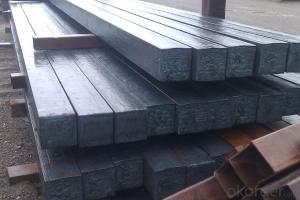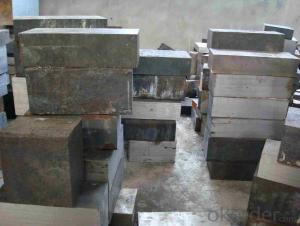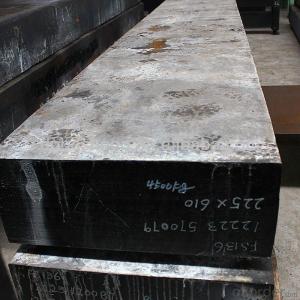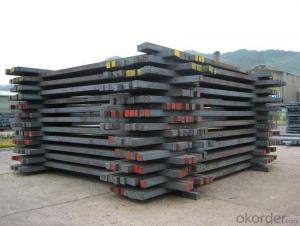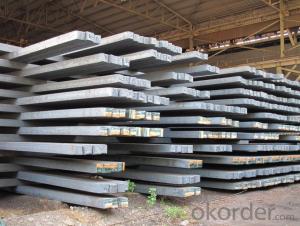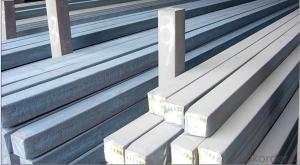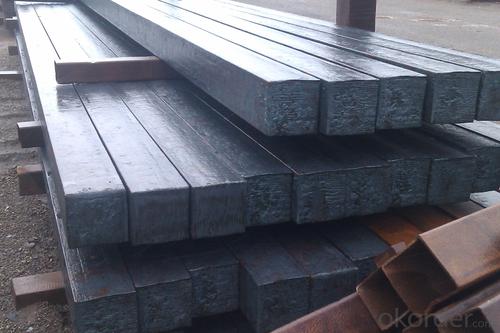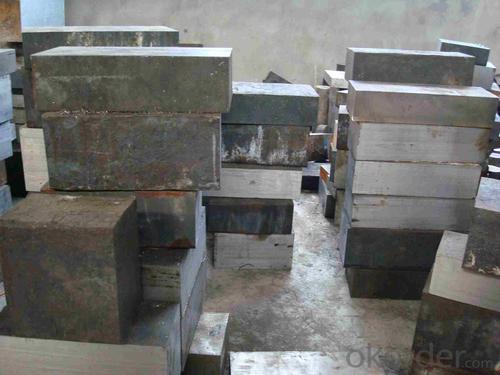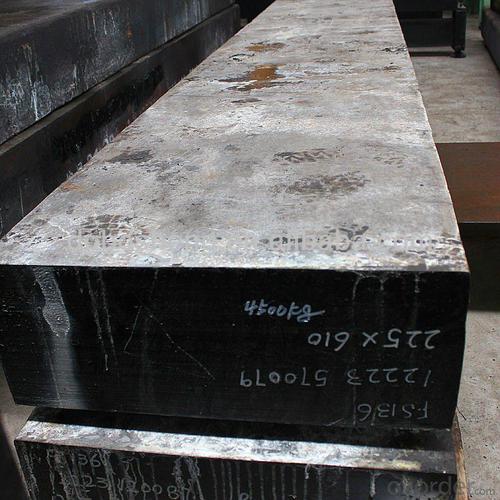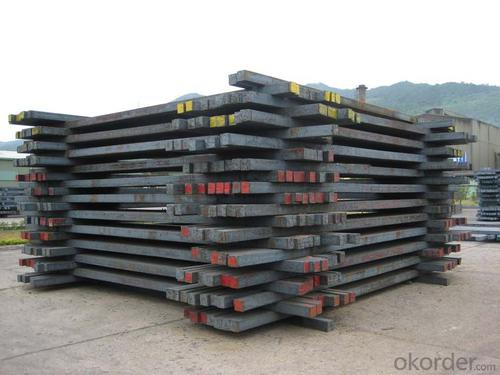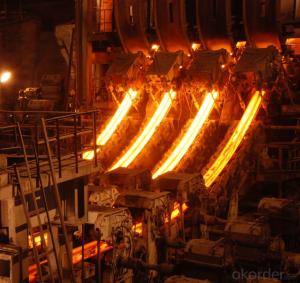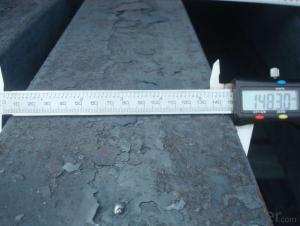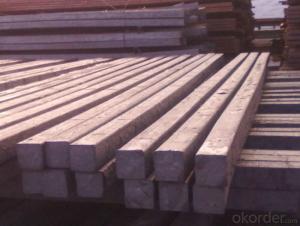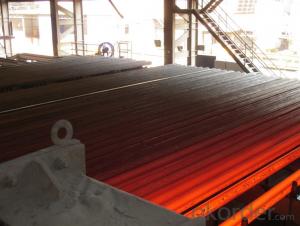Z31 BMP Rolled Steel Coil Construction Roofing Construction
- Loading Port:
- Tianjin
- Payment Terms:
- TT OR LC
- Min Order Qty:
- 100 m.t.
- Supply Capability:
- 10000 m.t./month
OKorder Service Pledge
OKorder Financial Service
You Might Also Like
Structure of Z31 BMP Rolled Steel Coil Construction Roofing Construction
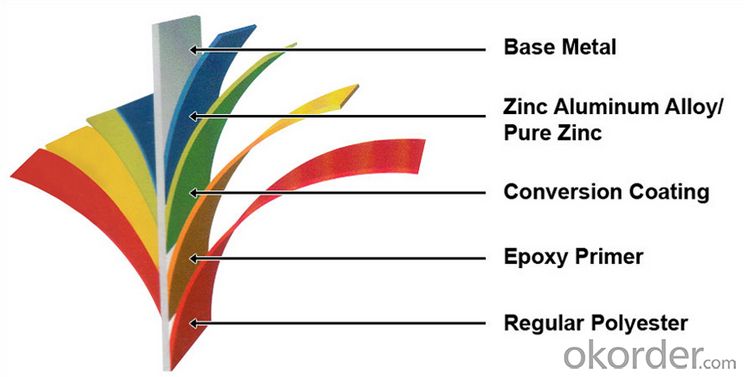
Description of Z31 BMP Rolled Steel Coil Construction Roofing Construction
PPGI is made by cold rolled steel sheet and galvanized steel sheets as baseplate, through the surface pretreatment (degreasing, cleaning, chemical conversion processing), coated by the method of continuous coatings (roller coating method),
and after roasting and cooling. Zinc coating: Z60, Z80, Z100, Z120, Z180, Z275, G30, G60, G90
Alu-zinc coating: AZ60, AZ80, AZ100, AZ120, AZ180, G30, G60, G90
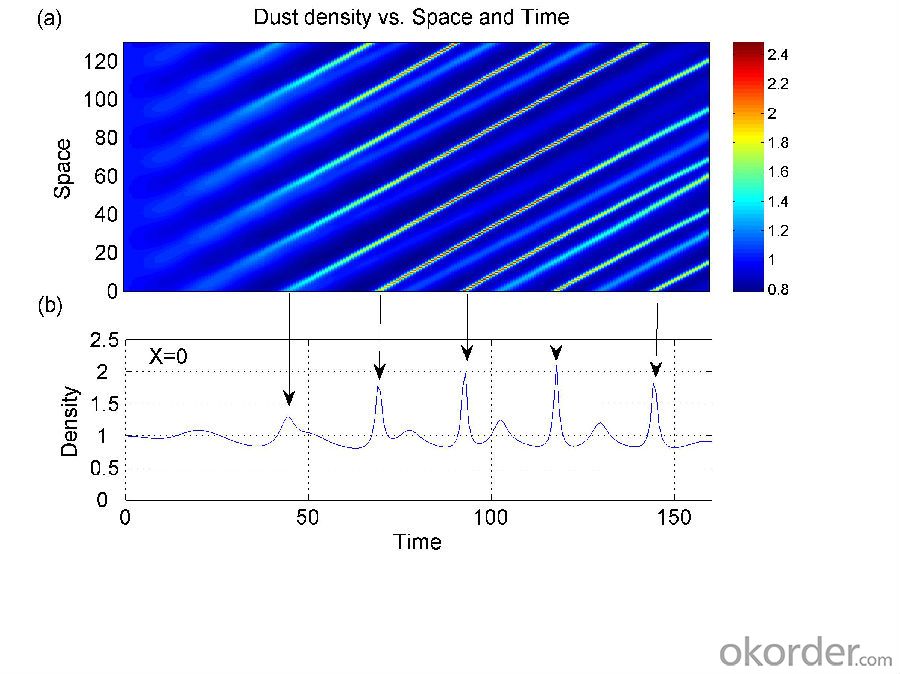
Main Feature of Z31 BMP Rolled Steel Coil Construction Roofing Construction
1) Excellent corrosion resistance: The zinc layer provides a good protection of Pre-painted Galvanizeed Steel Sheet.
2) High heat resistance: The reflective surface of the material aids in efficiently reflecting the sunlight away and in turn reducing the amount of heat transmitted. The thermal reflectivity converts into energy savings.
3) Aesthetics: Pre-Painted Galvanized steel sheet is available in plethora of patterns and multiple sizes as per the requirements that given by our customers.
4) Versatility: can be used in the various areas.Standard seaworthy export packing: 3 layers of packing, inside is kraft paper, water plastic film is in the middle and outside GI steel sheet to be covered by steel strips with lock, with inner coil sleeve.
Applications of Z31 BMP Rolled Steel Coil Construction Roofing Construction
1. Construction and building: roofing; ventilating duct; handrail; partition panel;etc.
2. Electric appliance: refrigerator; washing machine; refrigerator; DVD;etc.
3.Transportation: oil tank; road sign; etc.
4.Agriculture:barn; etc.
5.Others:vending machine; game machine; etc. 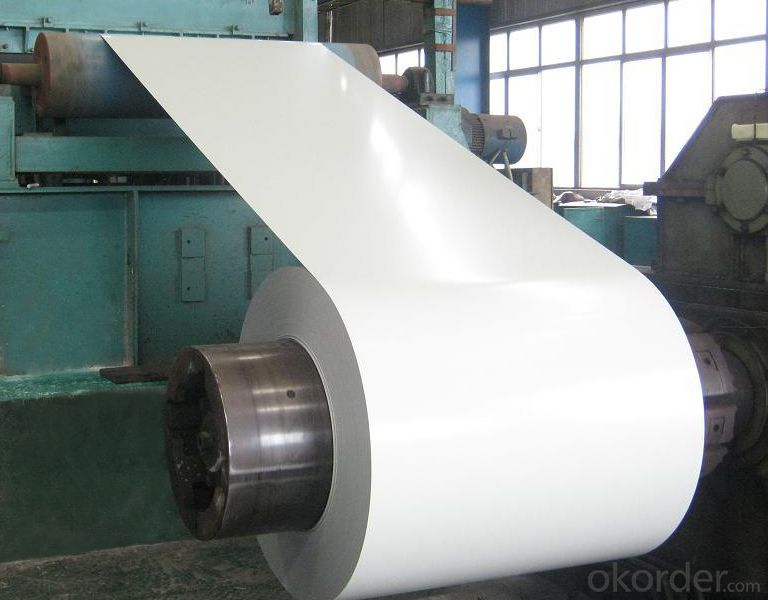
Specifications of Z31 BMP Rolled Steel Coil Construction Roofing Construction
| Classified symbol | Yield Point Minimum N/mm2 | Tensile Strength Minimum | Elongation Minimum % | Application | ||||
| N/mm2 | Nominal Thickness mm (t) | |||||||
| JIS | Yogic | 0.25-0.4 | 0.4-0.6 | 0.6-1.0 | 1.0-1.6 | |||
| G3312 | specification | |||||||
| CGCC | CGCC | -205 | -270 | -20 | -21 | -24 | -24 | Commercial |
| CGCD | CGCD | --- | 270 | --- | 27 | 31 | 32 | Drawing |
| --- | CG340 | 245 | 340 | 20 | 20 | 20 | 20 | Structural |
| CGC400 | CG400 | 295 | 400 | 16 | 17 | 18 | 18 | Structural |
| CGC440 | CG440 | 335 | 440 | 14 | 15 | 16 | 18 | Structural |
| CGC490 | CG490 | 365 | 490 | 12 | 13 | 14 | 16 | Structural |
| CGC570 | CG570 | 560 | 570 | --- | --- | --- | --- | Structural |
| ASTM Designation | Yield Point Minimum | Tensile Strength Minimum | Elongation Minimum % | Application | Q/BQB 445-2004(China standard) | ASM A653/A653M | JISG 3312 | |
| ksi(MPa) | ksi(MPa) | TDC51D+Z | (CS TYPE A+Z) | CGCC | ||||
| A653(M)-99 CS TYPE A,B,C | --- | --- | --- | Commercial | TDC52D+Z | CGCD | ||
| A653(M)-99 FS | --- | --- | --- | Lock Forming | TS250GD+Z | (G250+Z) | - | |
| A653(M)-99 DS | --- | --- | --- | Drawing | TS300GS+Z | (G300+Z) | CGC 400 | |
| A653(M)-99 SS Grade33(230) | 33(230) | 45(310) | 20 | Structural | TS350GD+Z | (G350+Z) | CGC490 | |
| A653(M)-99 SS Grade37(255) | 37(255) | 52(360) | 18 | Structural | TS550GD+Z | (G550+Z) | CGC570 | |
| A653(M)-99 SS Grade40(275) | 40(275) | 55(380) | 16 | Structural | ||||
| A653(M)-99 SS Grade50(345) | 50(345) | 65(450) | 12 | Structural | ||||
| A653(M)-99 SS Grade80(550) | 80(550) | 82(570) | --- | Structural | ||||
FAQ of Z31 BMP Rolled Steel Coil Construction Roofing Construction
We have organized several common questions for our clients,may help you sincerely:
1. How Can I Visit There?
Our company is located in Tianjin City, China, near Beijing. You can fly to Tianjin Airport Directly. All our clients, from home or aboard, are warmly welcome to visit us!
2. How Can I Get Some Sample?
We are honored to offer you sample.
3. Why choose CNBM?
1, ISO, BV, CE, SGS approved.
2, Competitive price and quality.
3, Efficient service team online for 24 hours.
4, Smooth production ability(50000tons/month) .
5, quick delivery and standard exporting package.
6, Flexible payment with T/T, L/C, Paypal, Kunlun bank, etc .
- Q: Can steel billets be used for making cutlery?
- Yes, steel billets can be used for making cutlery. Steel billets are the raw material used in the production of various steel products, including cutlery. The billets are heated and then shaped into desired forms, such as knives, forks, or spoons, through processes like forging or casting. The resulting steel cutlery is known for its strength, durability, and ability to hold a sharp edge. However, it is important to note that the specific type of steel used and the manufacturing processes play a significant role in determining the quality and characteristics of the cutlery.
- Q: Are steel billets used in the manufacturing of tools?
- Steel billets are widely used in tool manufacturing. They are semi-finished steel products that are usually hot-rolled or forged into different shapes like bars, rods, and sheets. These billets act as the main raw material for making high-quality tools because they offer the required strength, durability, and machinability. Manufacturers can shape and machine the steel billets to create a wide range of tools such as wrenches, hammers, screwdrivers, drill bits, and cutting tools. The use of steel billets ensures that these tools have the necessary hardness, toughness, and resistance to wear and tear, making them dependable and long-lasting. Consequently, steel billets play a vital role in tool production, enhancing the overall efficiency and functionality of various industries.
- Q: What is the role of steel billets in the construction of offshore platforms?
- The construction of offshore platforms heavily relies on steel billets, as they play an essential role in this process. Offshore platforms are enormous structures situated in the open sea, used for extracting oil or gas from beneath the ocean floor. Due to the demanding environmental conditions and the paramount importance of safety and durability, steel billets are extensively utilized in their construction. One of the key functions of steel billets is to serve as the primary material for fabricating different components of offshore platforms. Billets are large, semi-finished steel products typically employed as starting materials in the production of other steel products. They are cast into specific shapes, often square or rectangular, and possess a solid cross-section. Offshore platforms necessitate steel with exceptional strength, corrosion resistance, and impact toughness to withstand the challenging conditions they face, including strong waves, harsh weather, and extreme temperatures. Steel billets are frequently made from high-strength alloyed steels, providing superior mechanical properties and corrosion resistance. These billets are further processed to manufacture various structural elements of offshore platforms, such as beams, columns, braces, and other support structures. These components must have the ability to bear the weight of the platform itself, as well as endure the forces generated by ocean waves, wind, and the extraction process. Additionally, steel billets are also utilized in the production of pipes and tubes, which are crucial for transporting oil and gas from beneath the seabed to the platform or to the shore. These pipes must possess strength, durability, and corrosion resistance to ensure the secure and efficient flow of hydrocarbons. To summarize, steel billets act as the fundamental building blocks for constructing offshore platforms. They provide the raw material necessary for fabricating various structural components, guaranteeing the strength, durability, and safety of these massive structures in the challenging offshore environment.
- Q: What are the different types of steel billet defects?
- There are various types of steel billet defects, including surface defects like cracks, laps, and scars, as well as internal defects such as segregation, porosity, and inclusions.
- Q: How are steel billets recycled?
- Steel billets are recycled through a process known as steel billet recycling. This process involves the collection of steel billets from various sources such as manufacturing plants, construction sites, and scrap yards. The collected steel billets are then transported to a recycling facility where they undergo a series of steps to be transformed into new steel products. The first step in steel billet recycling is sorting and cleaning. The collected billets are sorted based on their size, shape, and quality. Any impurities or foreign materials are removed during this stage. Once the billets are sorted and cleaned, they are ready for the next step in the recycling process. The second step is melting. The cleaned steel billets are then melted down in a furnace at extremely high temperatures. This melting process helps to separate any remaining impurities and allows the steel to be shaped into new forms. The molten steel is then poured into molds or cast into different shapes depending on the desired end product. After the steel has cooled and solidified, it undergoes further processing to achieve the desired specifications. This may involve rolling, forging, or extruding the steel billets to create various steel products such as bars, rods, or sheets. These newly formed steel products are then inspected for quality and undergo rigorous testing to ensure they meet industry standards. The final step in steel billet recycling is distribution and usage. The recycled steel products are transported to various industries such as construction, automotive, or manufacturing, where they are used to create a wide range of products. By recycling steel billets, we can reduce the demand for raw materials, conserve energy, and minimize environmental impact. In conclusion, steel billets are recycled through a process that involves sorting, cleaning, melting, shaping, and distributing. This recycling process allows us to reuse steel billets and transform them into new steel products, contributing to a more sustainable and environmentally friendly approach to steel production.
- Q: Use medium frequency furnace (1 million 500 thousand volt ampere) to produce 1 ton cast steel blank, how much kilowatt hour is consumed?
- This depends on the intermediate frequency furnace voltage level and inverter efficiency, the general high voltage will save power, generally 550-700 range, details can refer to wcdlsb site medium frequency furnace data
- Q: What are the different forging processes for steel billets?
- Different forging processes can be used for steel billets, depending on the desired final product's shape and properties. Some of these processes include: 1. Open-Die Forging: Steel billets are placed between flat dies and compressed to shape them. The billet is not completely enclosed, allowing it to freely deform and flow. Open-die forging is commonly used for large and simple shapes like bars, shafts, and rings. 2. Closed-Die Forging: Also known as impression-die forging, this process involves using specially shaped dies that fully enclose the steel billet. The dies have cavities matching the desired final shape. When the billet is compressed between the dies, it takes the shape of the cavities, resulting in a precise and intricate final product. Closed-die forging is suitable for complex shapes like automotive components, aerospace parts, and tools. 3. Seamless Rolled Ring Forging: Steel billets are shaped into a ring blank and then subjected to intense pressure between two rotating dies. The dies gradually reduce the diameter of the ring blank, elongating and shaping it into the desired ring shape. Seamless rolled ring forging is commonly used for producing large and high-strength rings used in turbines, gears, and bearings. 4. Upset Forging: In this process, the steel billet is heated and placed between two dies. One die remains stationary while the other moves towards the billet, compressing it and causing radial spreading. Upset forging is commonly used for short-length parts like bolts, screws, and rivets. 5. Press Forging: A hydraulic or mechanical press is used to apply compressive forces to the steel billet, shaping it into the desired form. Press forging can be done with open or closed dies, depending on shape complexity. It is commonly used for producing components with high accuracy and intricate details like gears, engine parts, and hand tools. Each of these forging processes has its own advantages and limitations based on the specific requirements of the steel billet and the desired final product. Factors such as shape complexity, material properties, production volume, and cost considerations determine the choice of forging process.
- Q: What are the main differences between hot-rolled and cold-rolled steel billets?
- The main differences between hot-rolled and cold-rolled steel billets lie in the manufacturing process and the resulting characteristics of the steel. Hot-rolled steel billets are produced at high temperatures, resulting in a rougher surface and less precise dimensions. They are more malleable and ductile, making them suitable for applications that require shaping or bending. On the other hand, cold-rolled steel billets are manufactured at room temperature, resulting in a smoother and more precise surface finish with tighter dimensional tolerances. Cold-rolled steel billets are stronger and exhibit better surface hardness, making them ideal for applications that require strength, precision, and a superior surface finish.
- Q: What are the different types of machining processes used for shaping steel billets?
- There are several different types of machining processes that can be used to shape steel billets. Here are some of the most common ones: 1. Turning: This process involves rotating the billet against a cutting tool, which removes material from the outer surface. It is often used to create cylindrical shapes or to remove excess material from the billet. 2. Milling: In milling, a rotating cutting tool is used to remove material from the surface of the billet. This process can be used to create flat surfaces, slots, or complex shapes. 3. Drilling: Drilling is the process of creating holes in the billet using a rotating cutting tool. It can be done manually or with the help of a drilling machine. 4. Grinding: Grinding is a process that uses an abrasive wheel or belt to remove material from the surface of the billet. It is often used to achieve a smooth and precise finish. 5. Broaching: Broaching involves using a broach, which is a toothed cutting tool, to remove material from the billet. This process is often used to create internal or external splines, keyways, or other special shapes. 6. Sawing: Sawing is a cutting process that uses a saw blade to separate the billet into smaller pieces or to remove excess material. It can be done manually or with the help of a sawing machine. These are just a few examples of the machining processes used for shaping steel billets. Each process has its own advantages and is chosen based on the specific requirements of the final product.
- Q: What are the different methods of surface cleaning for steel billets?
- Some of the different methods of surface cleaning for steel billets include abrasive blasting, acid pickling, mechanical cleaning, and electrochemical cleaning.
Send your message to us
Z31 BMP Rolled Steel Coil Construction Roofing Construction
- Loading Port:
- Tianjin
- Payment Terms:
- TT OR LC
- Min Order Qty:
- 100 m.t.
- Supply Capability:
- 10000 m.t./month
OKorder Service Pledge
OKorder Financial Service
Similar products
Hot products
Hot Searches
Related keywords
